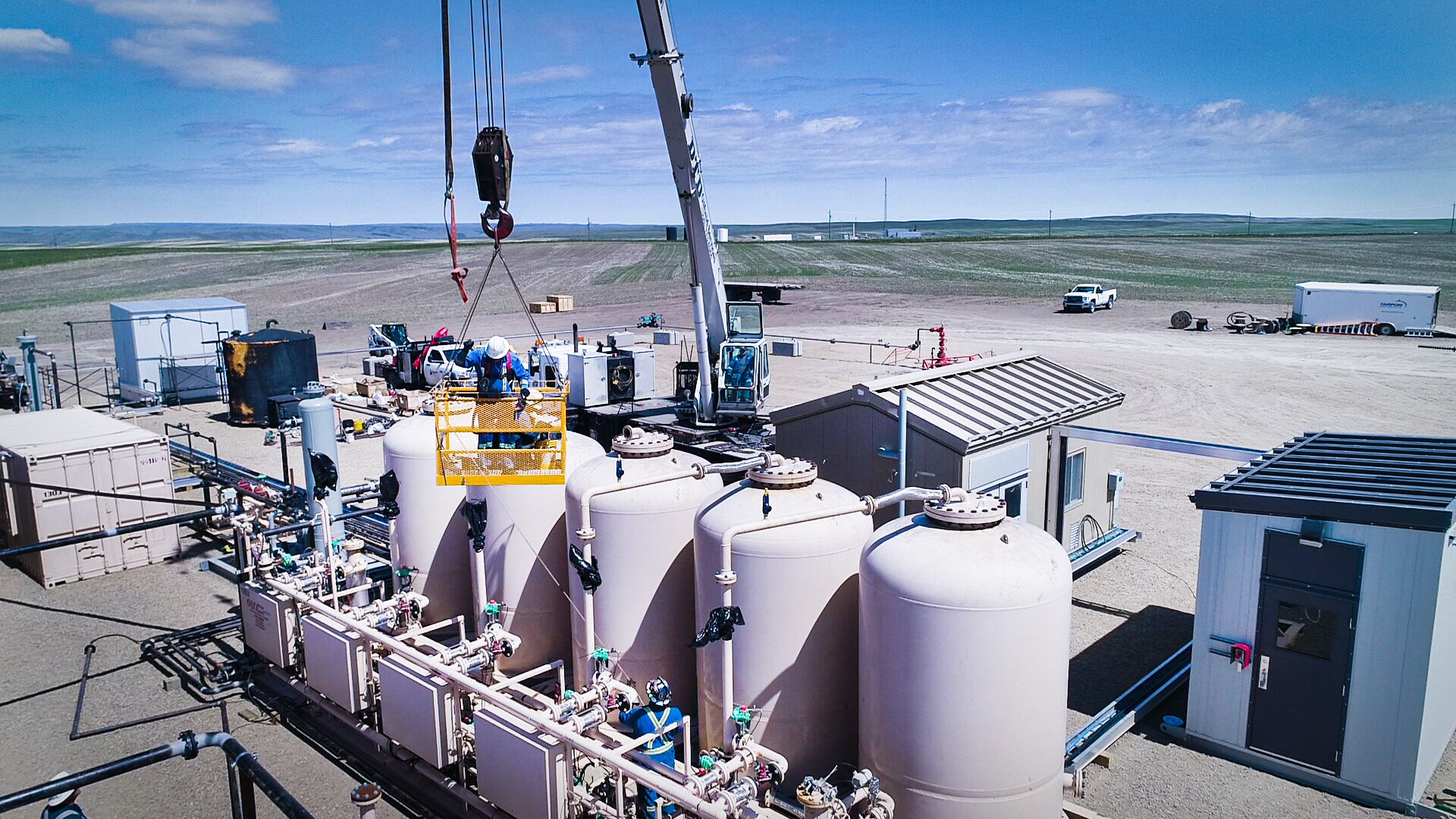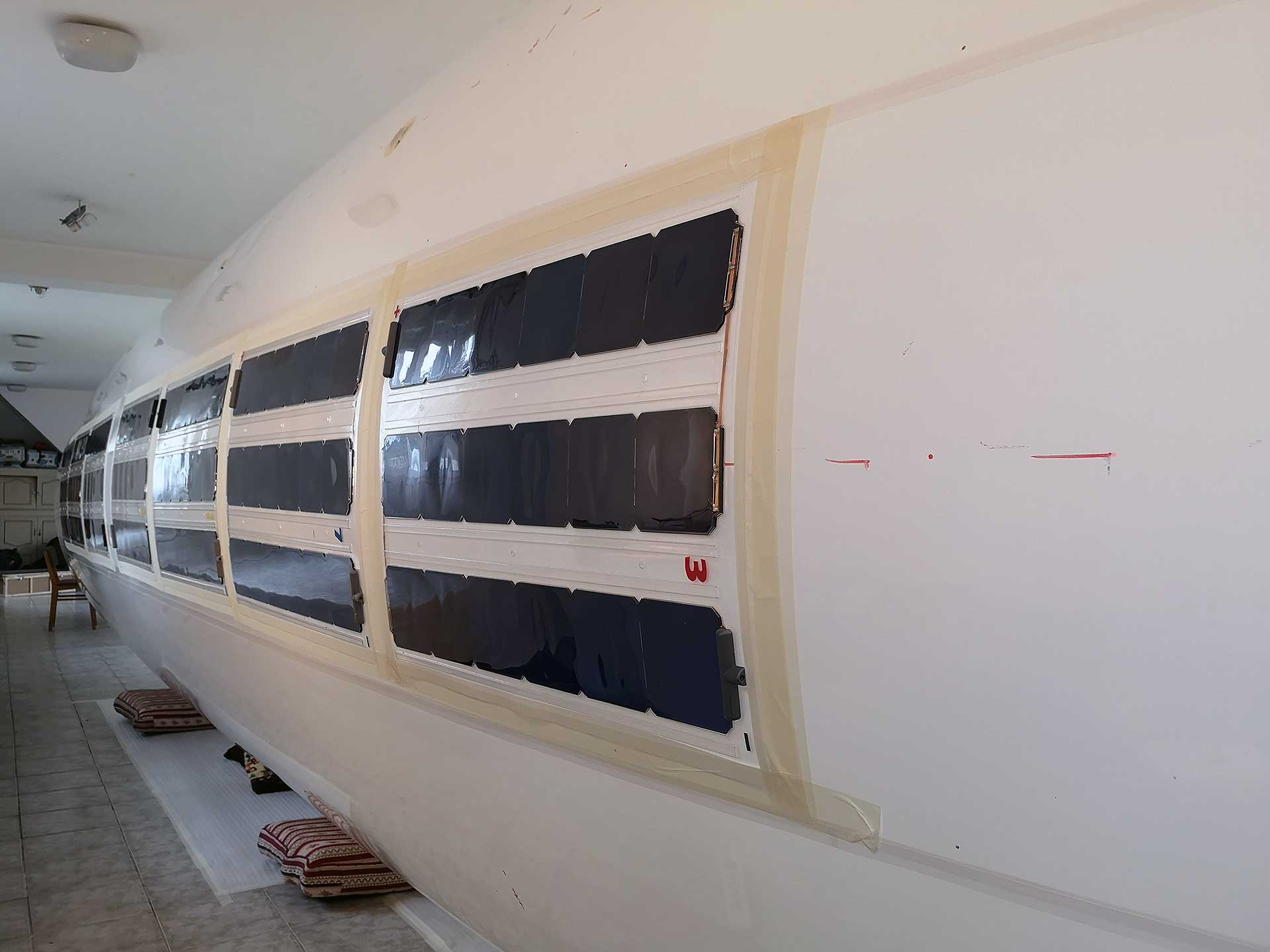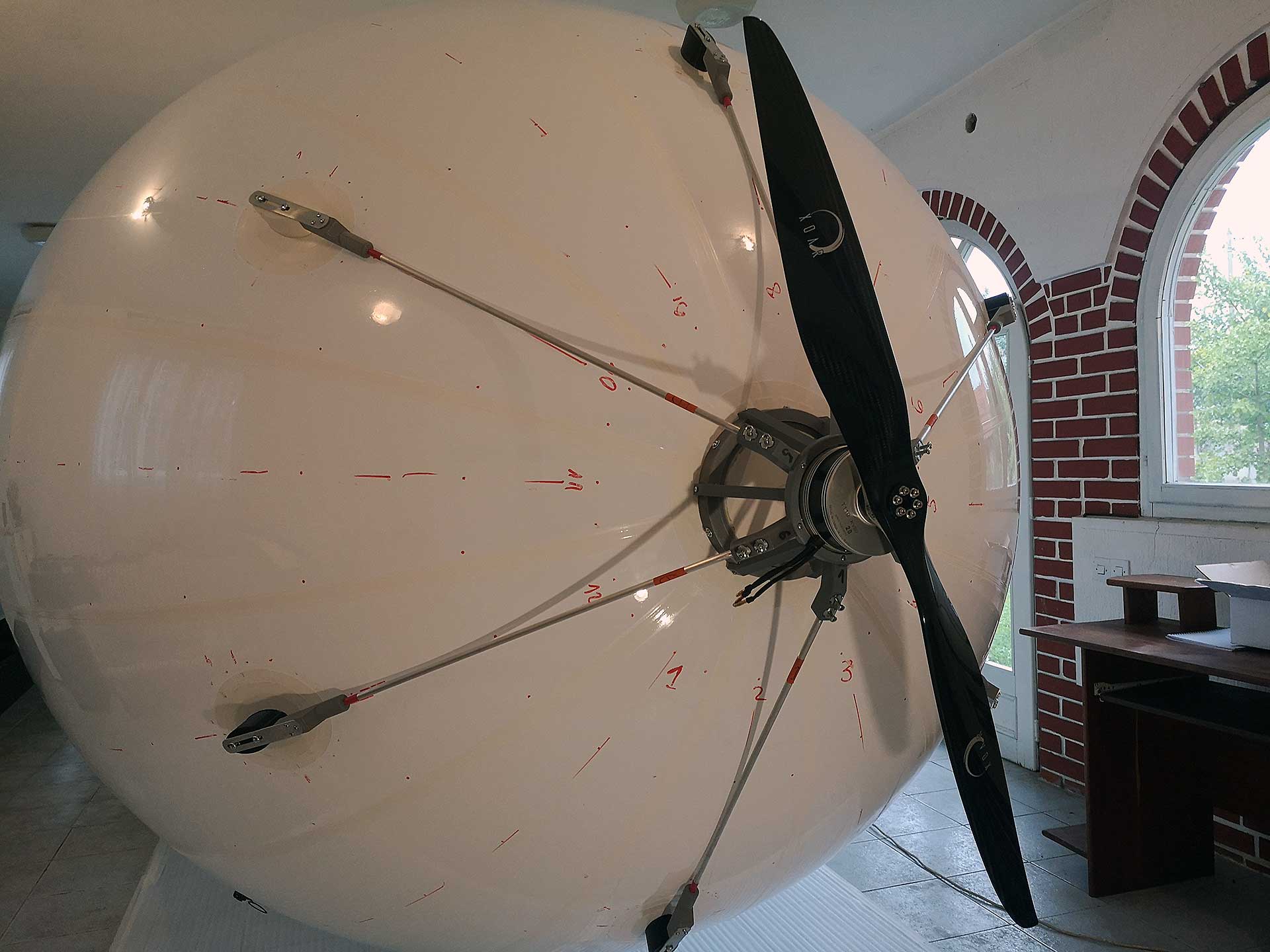Blimps, Zeppelins, Aerostats, ... - Helium or Hydrogen?
Where do we go from this dilemma?
Initially (one hundred and more years ago), 2 gases were available for the development of LTA (lighter than air aircraft) - first hot air and then hydrogen. Using electrolysis, our great-grandfathers obtained hydrogen and developed Zeppelins and blimps. This development lasted for a good 50-60 years until the Hindenburg tragedy (1937) happened and put hydrogen out of use overnight. However, this was not the only reason, but also the development of aircraft technology, which represented a concrete alternative to lighter-than-air aircraft. In any case, the combination of these circumstances put an end to Zeppelins and hydrogen for almost 100 years.

But why the helium or hydrogen dilemma? Since 1937, there has been a more or less official ban on the use of hydrogen for objects lighter than air. Over time, it led to an increase in the price of helium because a "moratorium" on hydrogen was introduced. Today, helium is too expensive (about 300 euros for 10m3/50l) because it is used in various industries as part of the production process, but also in medicine. Helium became a strategic raw material and thus pushed back and slowed down the development of Blimps and Zeppelins.

Whether we like it or not, hydrogen is the beginning and the future (with an exception between periods) of lighter-than-air aircraft. First, because it is cheap and can be produced at home. I received an offer of 12,000 euros for an electrolytic machine that can produce 20 liters of hydrogen per hour (and the machine is quite small in size). Then, the pulling force of hydrogen is slightly higher than that of helium (10 to 20% depending on the purity). Thirdly, and extremely important, the porosity of various materials from which LTA envelopes are made is lower for hydrogen than for helium. After all that has been said, why not use hydrogen instead of helium? Hydrogen is still flammable and explosive. That's his nature. However, the materials, techniques and procedures available today are far more advanced than the Hindenburg in 1937. Hence the incredible achievement of the early years of Zeppelins and Blimps. Although we must be careful with hydrogen and follow the procedure today, I claim that it is possible and crucial to return the use of hydrogen to LTA technology. Without this change, the development of LTA is doomed to further wrangling and dragging without real achievements. In order to put works in front of words, we have been working on the Trans-Atlantic Solar Blimp of Uniblimp design for two years. We received all the permits from the authorities and we expect the first test flights during October and November this year.


Link: Trans-Atlantic Solar Blimp
Link: UniBlimp
More LTA thoughts coming soon....
Author: Aleksandar Mijatovic, CEO of Aero Drum Ltd
